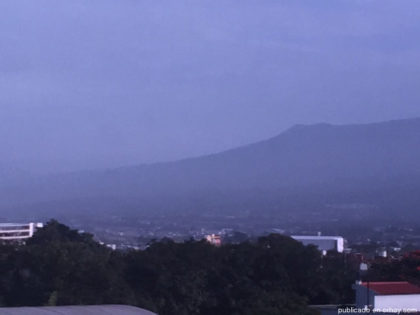
IMN
The National Meteorological Institute (IMN) used its official Twitter account to reiterate that the country remains under the influence of the so-called Sahara dust.
The entity said that the climatic phenomenon was visible on Tuesday morning in the mountainous sectors of the Central Valley. However, its incidence continues over the entire Central American region, as it’s driven by the trade winds that moved from Africa through the Atlantic Ocean.
This phenomenon is a mass of dust particles that, as meteorologists have explained, “is as big as North America.”
The largest amount of dust that reaches Costa Rica is concentrated on the Caribbean side. It is a phenomenon that occurs -mainly- in the summer months of the northern hemisphere, that is, between June and August.
Its effect decreases the possibility of rain and makes the environment drier. It also causes a significant reduction in tropical cyclones in the Caribbean Sea.
This mass can transport up to 700 thousand tons of dust per day in the summer period.